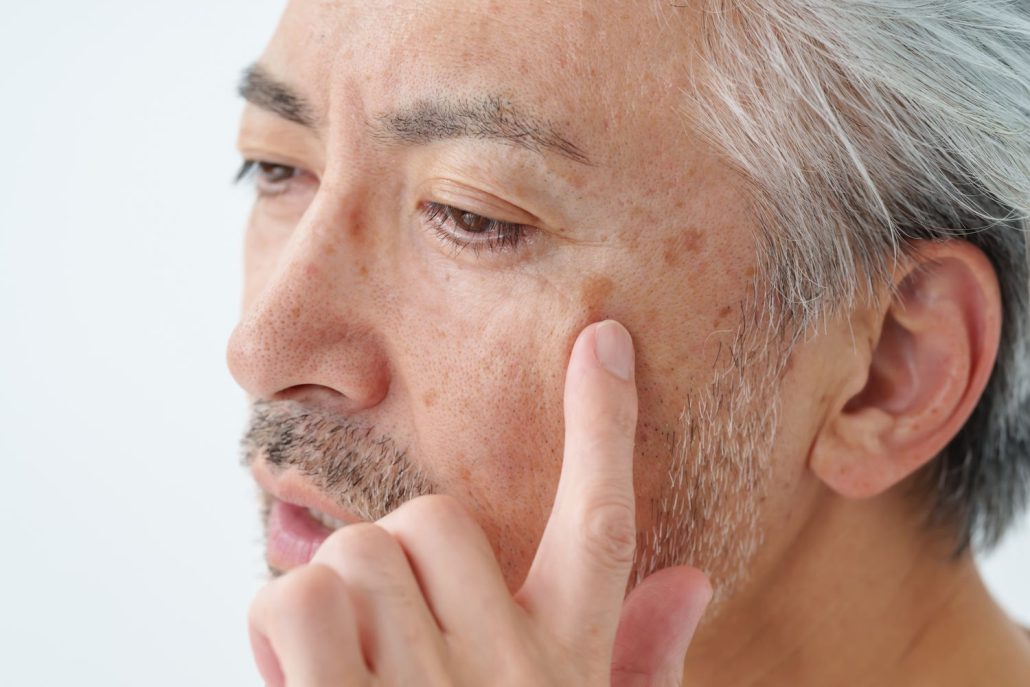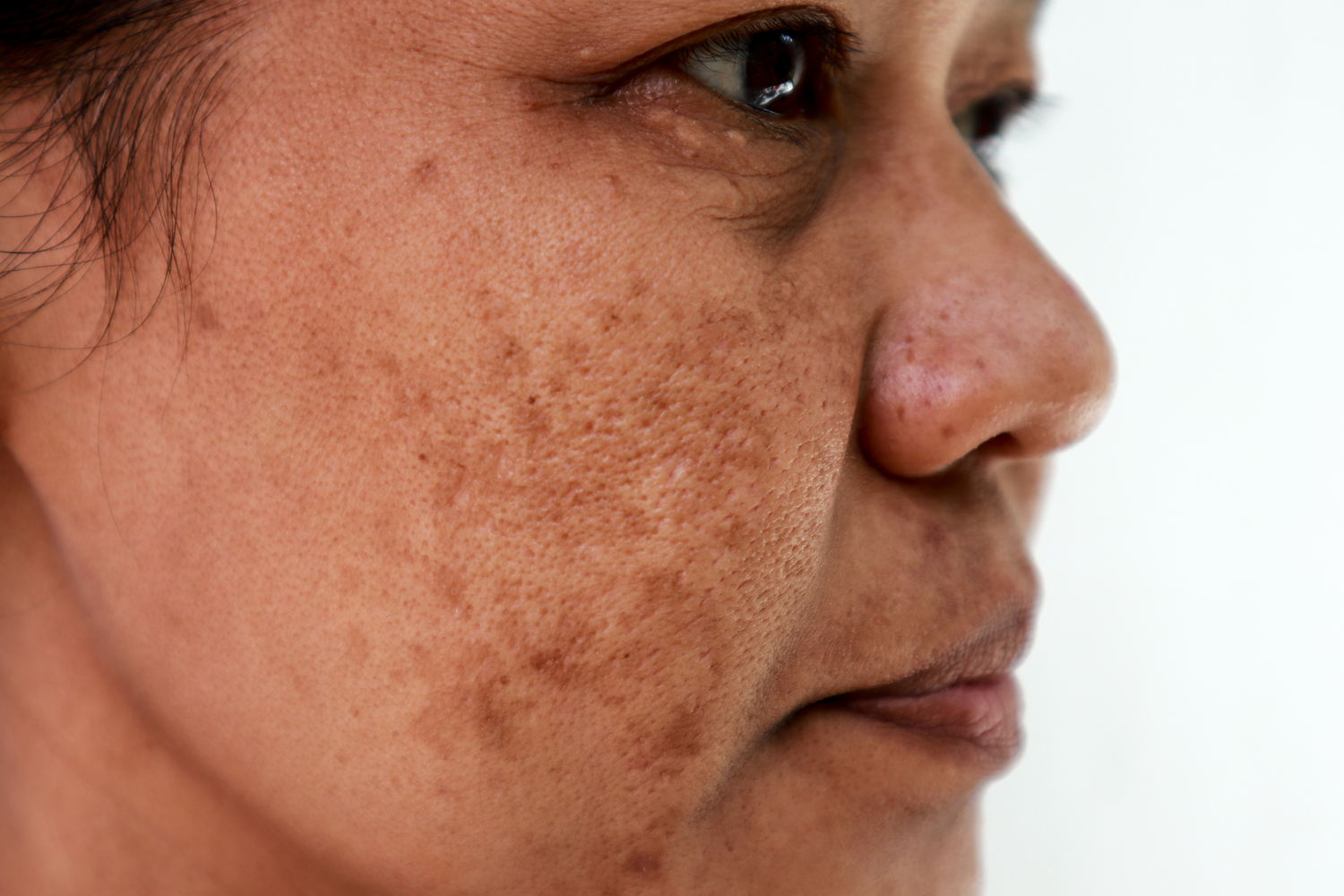PRP FOR Hyper-pigmentation

About
PRP for Hyper-Pigmentation
Hyper-pigmentation, characterized by dark patches or uneven skin tone, can significantly impact your skin’s appearance and your confidence. Whether caused by sun exposure, hormonal changes, or skin injuries, hyper-pigmentation can be challenging to treat. PRP (Platelet-Rich Plasma) therapy offers a natural, effective solution to reduce hyperpigmentation and restore a more even, radiant complexion.
PRP therapy uses your body’s own growth factors and healing properties to regenerate and repair damaged skin. Platelet-rich plasma is derived from your blood and contains a high concentration of platelets, which are packed with growth factors. These growth factors play a vital role in repairing tissue, stimulating collagen production, and promoting cell turnover. When applied to areas affected by hyper-pigmentation, PRP encourages the skin’s natural healing process, leading to a more even and brighter complexion over time.
Treatment Process
A Step-by-Step Guide
Once we have agreed that PRP is an appropriate treatment for you this is what you need to expect.
During your initial consultation, our skin specialist will assess your hyper-pigmentation concerns and determine if PRP therapy is the right solution for you.
Next, a small amount of your blood will be drawn and placed in a centrifuge to separate the platelet-rich plasma from other blood components.
Then, the PRP is applied to the areas of hyper-pigmentation through microneedling or direct injection. This stimulates the skin’s natural healing process
PRP treatment is minimally invasive with little downtime. You may experience some redness or mild swelling, but these effects typically subside within a day or two.

PRP Hyper-pigmentation experience
Advantages
PRP therapy offers numerous benefits for hyper-pigmentation, including:
- Because PRP is derived from your own blood, the treatment is natural, reducing the risk of adverse reactions or allergies.
- PRP not only helps reduce hyper-pigmentation but also stimulates collagen production, leading to smoother and firmer skin.
- Unlike more invasive procedures, PRP requires little to no downtime, allowing you to quickly resume your daily activities
- PRP works gradually, with visible improvements over several weeks as your skin continues to heal and regenerate
Disadvantages
While PRP therapy is generally safe and effective, some potential drawbacks include:
- Many uses of PRP still need more high-quality research for validity of studies.
- Treatment results can be unpredictable and very patient specific.
Ideal Candidate
PRP therapy for hyper-pigmentation is suitable for individuals experiencing:
- Dark spots caused by sun damage
- Post-inflammatory hyper-pigmentation (acne scars)
- Melasma
- Uneven skin tone
What to Expect after Treatment
Each PRP hyper-pigmentation session takes approximately 30-45 minutes, depending on the size of the treatment area. A series of treatments may be recommended for optimal results, with each session spaced a few weeks apart. After treatment, it’s essential to follow proper skincare practices, including wearing sunscreen, to protect your skin and maintain the results.
DOS AND DONTS
Guidelines for Pre- and Post-Procedure Care
Before
- Drink plenty of water the day before and on the day of your treatment to ensure your body and skin are well-hydrated.
- Wash your face thoroughly before your appointment, and avoid using makeup, lotions, or oils.
- Stay out of the sun in the days leading up to your treatment to reduce skin sensitivity.
- Do Not take NSAIDs drugs (Aspirin, Advil, Motrin...) for 7 days before treatment
- Refrain from drinking alcohol for at least 72 hours before your treatment to reduce the risk of swelling and bruising.
- Do not take blood-thinning supplements like vitamin E, garlic, or fish oils a week before treatment.
After
- Apply a gentle, hydrating moisturizer to help your skin recover faster.
- Use a high-SPF sunscreen to protect the treated areas from UV damage whenever you go outside.
- Avoid touching, rubbing, or scrubbing the treated areas for at least 24 hours after the procedure.
- Stay away from the sun and avoid tanning beds for at least a week to prevent skin irritation.
- Avoid exfoliating acids, retinoids, or other strong skincare products for a week after treatment to give your skin time to heal.
- Avoid vigorous physical exercise for 24 to 48 hours to prevent irritation or swelling.
FAQ
Have a Question
After your PRP treatment, you may notice mild redness or swelling in the treated areas, which should subside within a few hours to a day. Results typically take a few weeks to fully develop as the skin regenerates and heals, leading to a more even skin tone and reduced appearance of hyperpigmentation over time.
Yes, PRP is a safe and natural treatment. It uses your own blood's platelets to stimulate healing and regeneration, making it a low-risk option for addressing hyperpigmentation. Side effects are minimal, typically involving slight redness or swelling at the treatment site, and serious complications are very rare.
The number of PRP sessions needed varies depending on the severity of your hyperpigmentation. On average, 3 to 4 treatments spaced 4 to 6 weeks apart are recommended for optimal results. Your provider will assess your skin and recommend a personalized treatment plan.
PRP treatment results can take time to become fully apparent. Many patients start noticing improvements in their skin’s texture and tone within 2 to 4 weeks, but the most significant changes in hyperpigmentation typically occur after a few months as the skin naturally regenerates.
